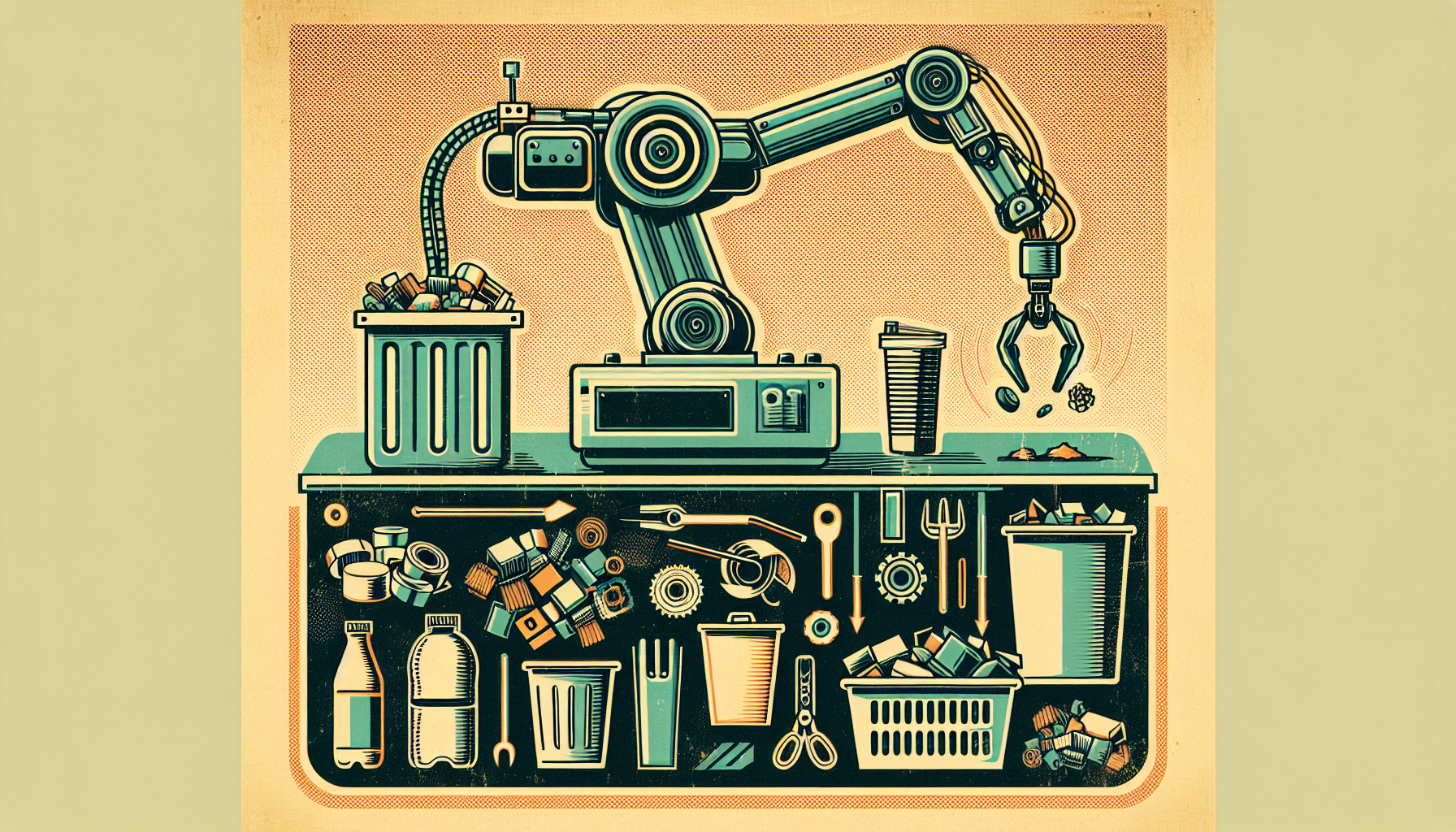In an impressive leap forward in both robotics and waste management, researchers from Tsinghua University have created a remarkable trash-sorting robot. This robot stands out because it mimics the human sense of touch, providing it with unparalleled precision in identifying and sorting various types of waste.
Advanced Tactile Sensing
At the heart of this innovation is a highly sophisticated tactile sensing system that mirrors the complexity of human touch. The researchers crafted a multi-layered sensor that consists of three main layers: the surface for detecting different materials, a bottom layer sensitive to pressure, and a porous middle layer responsive to thermal changes. This layered design allows the robot to perceive several object characteristics simultaneously, like thermal conductivity, surface roughness, pressure, and temperature.
Mimicking Human Thermal Sensation
One of the groundbreaking features of this robot is its imitation of human thermal sensation. Just as humans can feel the difference between materials like wood and metal based on the cooling sensations they produce, the robot uses similar thermal cues to differentiate between waste items. This ability is especially useful for sorting items that are similar in size and shape.
Efficient Classification Algorithm
Enhancing the robot’s ability to recognize objects, the team implemented an efficient cascade classification algorithm. This algorithm works by eliminating object types in a step-by-step manner. It starts with simple categories like empty cartons and moves on to more complex items such as orange peels or fabric scraps. This method significantly boosts the robot’s accuracy and efficiency in waste sorting.
Real-World Testing and Accuracy
The researchers tested their innovative tactile system in real-world scenarios, where the robot had to sort common trash items such as empty cartons, bread scraps, plastic bags, plastic bottles, napkins, sponges, orange peels, and expired drugs. The robot excelled, sorting these items into distinct containers for recyclables, food scraps, hazardous waste, and other waste types. It achieved an impressive classification accuracy of 98.85%.
Potential Impact and Future Research
This advanced technology has the potential to greatly reduce the need for human labor in waste management and significantly improve recycling rates. Its high accuracy and robustness make it ideal for real-life applications, contributing to smarter, more efficient waste management systems.
Looking ahead, the researchers plan to enhance the robot’s intelligence and autonomy even further. They also foresee integrating this sensor technology with brain-computer interface systems, which could translate tactile information into neural signals understood by the human brain. This integration could be transformative for individuals with hand disabilities, potentially restoring their tactile perception abilities.
The efforts of Qian Mao and Rong Zhu, as published in Applied Physics Reviews, represent a major stride in the creation of intelligent robots that can interact with their environment in a more human-like manner. Not only does this innovation improve waste sorting, but it also paves the way for more advanced robotic sensing and interaction capabilities in various fields.

Leave a Reply